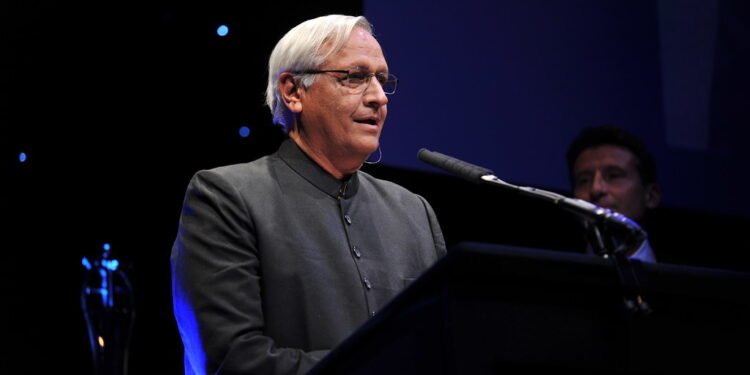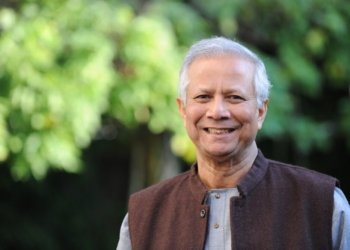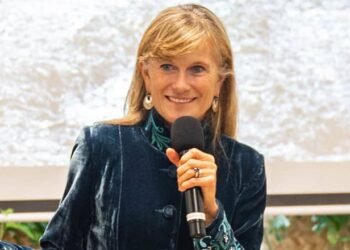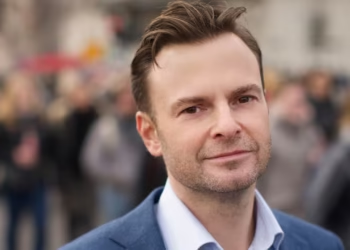What if the most powerful education doesn’t come from elite institutions, but from the wisdom of rural communities? This question drove one man to revolutionize how we think about learning and empowerment.
Sanjit “Bunker” Roy founded the extraordinary Barefoot College with a radical vision. This Indian social activist believes true change comes from respecting local knowledge.
His journey began with elite schooling and national squash championships. Yet he chose a different path entirely. Roy dedicated his life to serving rural people through practical education.
His work earned global recognition, including Time magazine’s 100 Most Influential People. He also received India’s prestigious Padma Shri award. These honors celebrate his decades of community empowerment.
Bunker Roy’s approach transforms how we view education and development. He proves that sustainable change starts by valuing grassroots wisdom.
Key Takeaways
- Founded Barefoot College to empower rural communities through education
- Recognized as one of Time magazine’s 100 most influential people in 2010
- Received India’s Padma Shri award for outstanding social work in 1986
- Elite education background contrasted with grassroots development focus
- Former national squash champion who redirected his life to social change
- Pioneered practical skills training for illiterate and semi-literate populations
- Demonstrated that sustainable development comes from local knowledge
The Making of Bunker Roy: From Elite Champion to Rural Advocate
Sometimes life’s most profound lessons come from unexpected places. A privileged education can open doors, but real wisdom often emerges from humble experiences.
Sanjit “Bunker” Roy stood at the pinnacle of opportunity. His elite schooling prepared him for prestigious government service. A national squash champion with every advantage.
Then came the 1967 Bihar famine. This catastrophe became his turning point. Witnessing mass suffering redirected his entire life path.
He chose service over privilege. For five transformative years, he worked in Rajasthan’s Ajmer District. His mission: blasting wells to bring water to arid regions.
Living under the stars changed everything. He shared life with impoverished people who possessed incredible practical knowledge. These communities became his real teachers.
Traditional practitioners shared their wisdom. Water diviners located underground sources with uncanny accuracy. Bonesetters healed injuries without formal medical training.
Midwives delivered generations using ancient techniques. He discovered that literacy and education are different concepts. Reading and writing represent one form of learning.
True education flows from family and environment. It grows through community wisdom and hands-on experience. This realization became his guiding principle.
His family initially rejected this unconventional path. Choosing rural service over diplomatic prestige seemed irrational. Yet these formative years built his foundation.
The period from 1967-1972 shaped his future work. Practical skills merged with deep respect for local knowledge. This combination would later empower countless women and communities through Barefoot College.
His journey proves that meaningful change often begins where privilege ends. Authentic understanding comes from walking alongside people, not looking down from above.
The Barefoot College Philosophy: Empowering Communities from the Ground Up
True empowerment begins when communities discover their own capabilities. The innovative institution in Tilonia, Rajasthan demonstrates this principle through action.
Founded in 1972, this unique college operates with a radical mission. It empowers rural communities by valuing their existing knowledge.
Core Principles: Dignity, Self-Reliance, and Decentralization
The college built its approach on three fundamental values. Dignity comes from recognizing every person’s inherent worth.
Self-reliance means communities solve their own challenges. Decentralization ensures decision-making power stays local.
Even the physical space reflects these principles. Buildings feature dirt floors and no chairs. This design makes indigenous students feel comfortable and respected.
The Solar Mamas: A Testament to the Barefoot Method
Perhaps the most inspiring program trains grandmothers as solar engineers. These women journey from remote villages across the globe.
Between 2005-2011, 140 women from African communities received training. Most had never left their villages before.
Innovative methods overcome language and literacy barriers. Instructors use color codes and sign language instead of textbooks.
Women learn technical skills through hands-on practice. They master installing integrated circuit boards and off-grid solar units.
The impact extends across continents. Training reaches women from 95 countries including Afghanistan and Sierra Leone.
These solar engineers return home transformed. They bring light to their villages while saving over 1 million liters of kerosene annually.
The broader training programs have prepared over 3 million people. They become teachers, midwives, architects, and healthcare providers.
This approach proves that practical education creates lasting change. When communities gain skills, they gain power over their futures.
The Global Ripple Effect: Barefoot College’s Tangible Impact
When grassroots wisdom meets practical training, the results can ripple across continents and generations. The institution’s approach has created measurable change in countless communities worldwide.
Transforming Lives: Millions Trained as Doctors, Engineers, and Teachers
Over three million people have gained practical skills through this innovative model. They become healthcare providers, solar technicians, and educators in their own villages.
These trained professionals serve their communities with deep local understanding. They know the culture, language, and specific needs of their people.
The healthcare training produces remarkable results. Paramedics and midwives provide essential medical services where hospitals are distant.
This education model creates lasting improvement in quality of life. Communities gain access to better healthcare, cleaner energy, and economic opportunities.
The approach works across diverse cultures and contexts. From Afghanistan to Sierra Leone, the method proves adaptable and effective.
Environmental Stewardship: Solar Power and Sustainable Solutions
Solar energy represents one of the most successful initiatives. Almost 10,000 rural homes across 21 African countries now have electricity.
This solar program achieves significant environmental benefits. It has prevented over one million liters of kerosene from polluting the environment.
Solar power replaces dangerous and expensive kerosene lighting. Families save money while enjoying cleaner, safer illumination.
The institution’s founder has shared this success story globally. His TED talk about community self-sufficiency has reached over 4.5 million viewers.
These sustainable solutions are maintained by locally trained community members. This ensures long-term viability without external dependency.
Water management systems complement the energy solutions. Communities gain comprehensive tools for sustainable development.
The work demonstrates that practical education creates powerful change. When people gain skills, they gain control over their future.
Conclusion: The Enduring Legacy of a Barefoot Visionary
Real change begins when communities lead their own development. Bunker Roy’s revolutionary approach shows lasting results.
His method values local wisdom over outside solutions. This builds dignity and self-reliance in rural villages worldwide.
The Bunker Roy model has operated successfully for nearly fifty years. It proves sustainable development comes from within.
Grandmothers become solar engineers. Villages gain clean energy and economic opportunity. This work transforms entire communities.
The Barefoot College vision continues inspiring global change. It remains a powerful model for community-led development across the world.
FAQ
What is Barefoot College and who founded it?
Barefoot College is a grassroots organization focused on empowering rural communities through practical education. It was established by social activist Bunker Roy in 1972.
How does Barefoot College train solar engineers?
The organization trains individuals, often women with little formal education, to become solar engineers. They learn to install, maintain, and repair solar power systems, bringing electricity to their villages.
What are the core principles guiding Barefoot College’s work?
The philosophy centers on dignity, self-reliance, and decentralization. It values local knowledge and empowers communities to develop their own solutions using available resources.
Who are the Solar Mamas?
Solar Mamas are women from rural and underserved areas trained as solar engineers. They return to their communities to provide sustainable energy, often becoming leaders and role models.
What kind of impact has Barefoot College had worldwide?
The organization has trained millions in various fields, including healthcare, education, and engineering. Its programs have brought light, clean water, and sustainable practices to countless communities.
How does Barefoot College promote environmental sustainability?
Through solar electrification, rainwater harvesting, and other green initiatives, it helps villages reduce their ecological footprint while improving living conditions.





